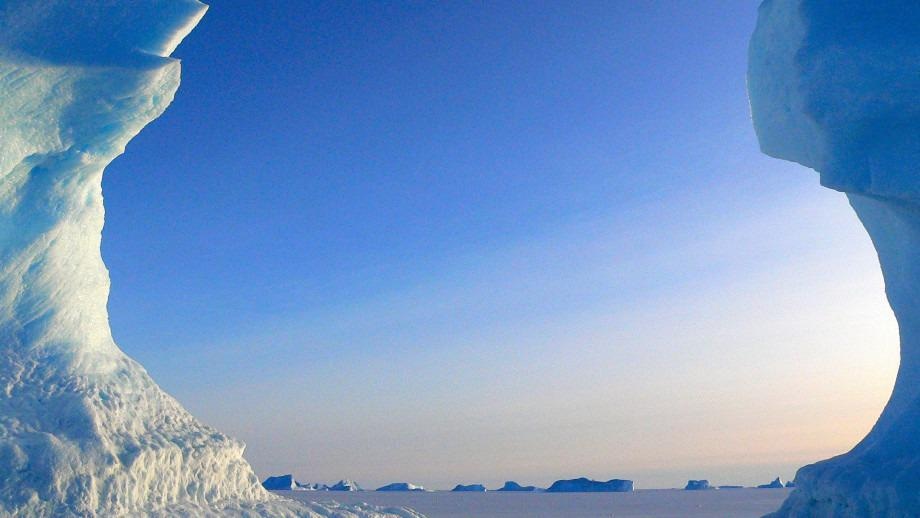Jun 29 2021
At The Australian National University (ANU), a new study performed by scientists on how the largest ice sheet in the world was developed also offers important clues regarding climate change tipping points.

Image Credit: Australian National University.
Antarctica grew enormous ice sheets for the first time over 40 million years ago. The ANU study demonstrates how these ice sheets remained low, wet and comparatively warm for several million years.
The existing Antarctic ice sheet is considered the biggest block of ice on Earth, thereby encompassing over 14 million square kilometers. Once the ice sheet melts, the sea levels would increase by around 60 m.
However, it has not always been like that. Study co-author Dr. Bradley Opdyke states that the splendid ice sheet that is well-known at present did not develop until about 12 million years ago.
This had a huge impact on the stability of global sea levels. Sea-level is a key indicator of global climate changes, so having more complete sea-level records will give us clues about climate tipping points, and what we might expect in the future.
Dr Bradley Opdyke, Study Co-Author, Australian National University
As soon as the ice sheets turn very high, dry and dynamic, finding variations in past sea level and temperature becomes highly uncertain. Researchers have made an attempt to study the ratio of isotopes of oxygen in different materials obtained from the deep sea to look for hints.
This study could help us tease out some of the causes of the dramatic changes we saw in the middle Miocene period—around 12 million years ago. Around this time in the Miocene we also started seeing pulses to lower CO2 levels that had interesting evolutionary consequences, like the appearance of grasses that are better adapted to a lower CO2 world.
Dr Bradley Opdyke, Study Co-Author, Australian National University
“The middle Pliocene period about three million years ago is important as well because it’s the last time CO2 levels were similar to those of today,” added Opdyke.
The study was headed by Professor Eelco Rohling from ANU.
Journal Reference:
Rohling, E. J., et al. (2021) Sea level and deep-sea temperature reconstructions suggest quasi-stable states and critical transitions over the past 40 million years. Science Advances. doi.org/10.1126/sciadv.abf5326.